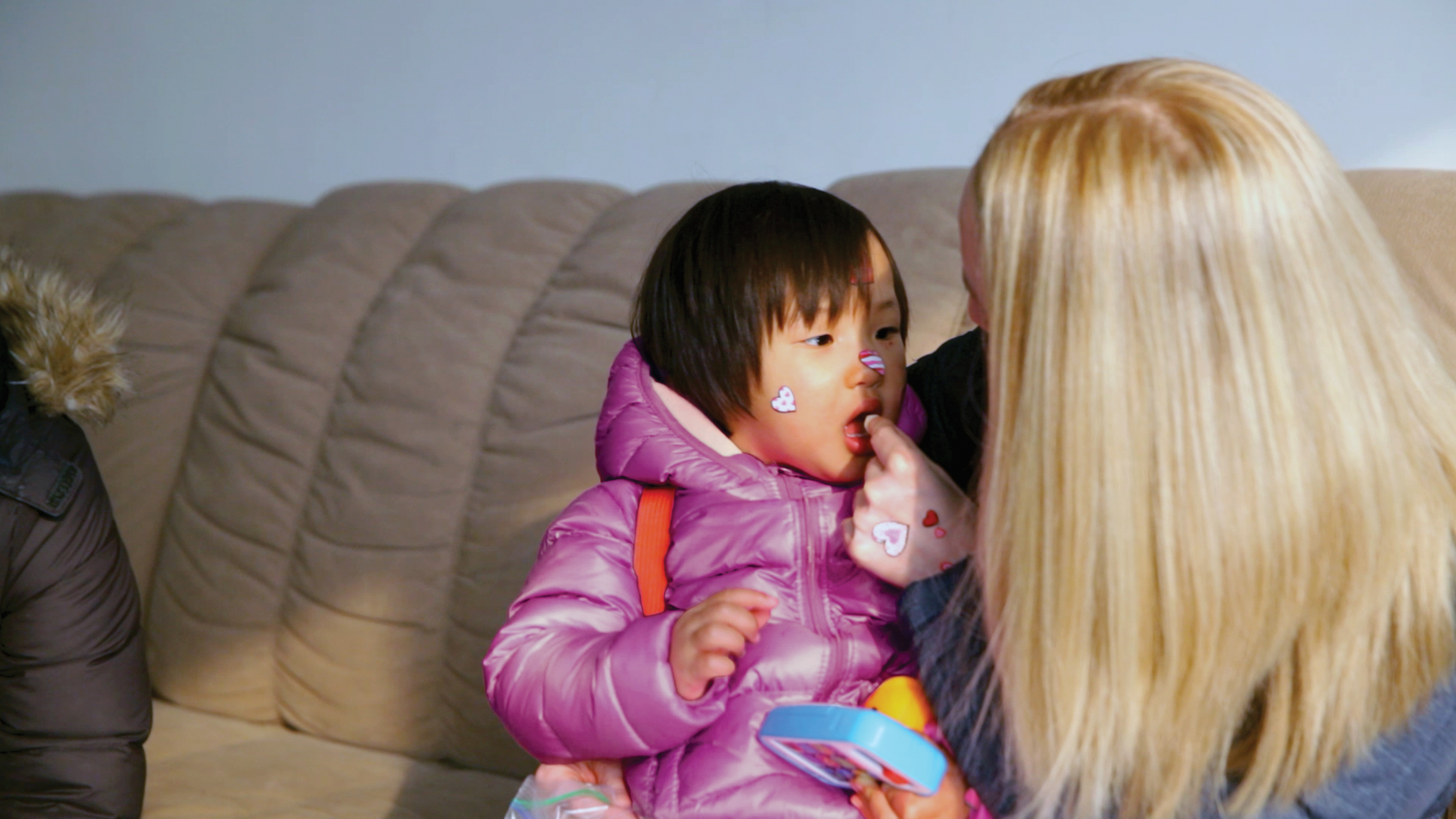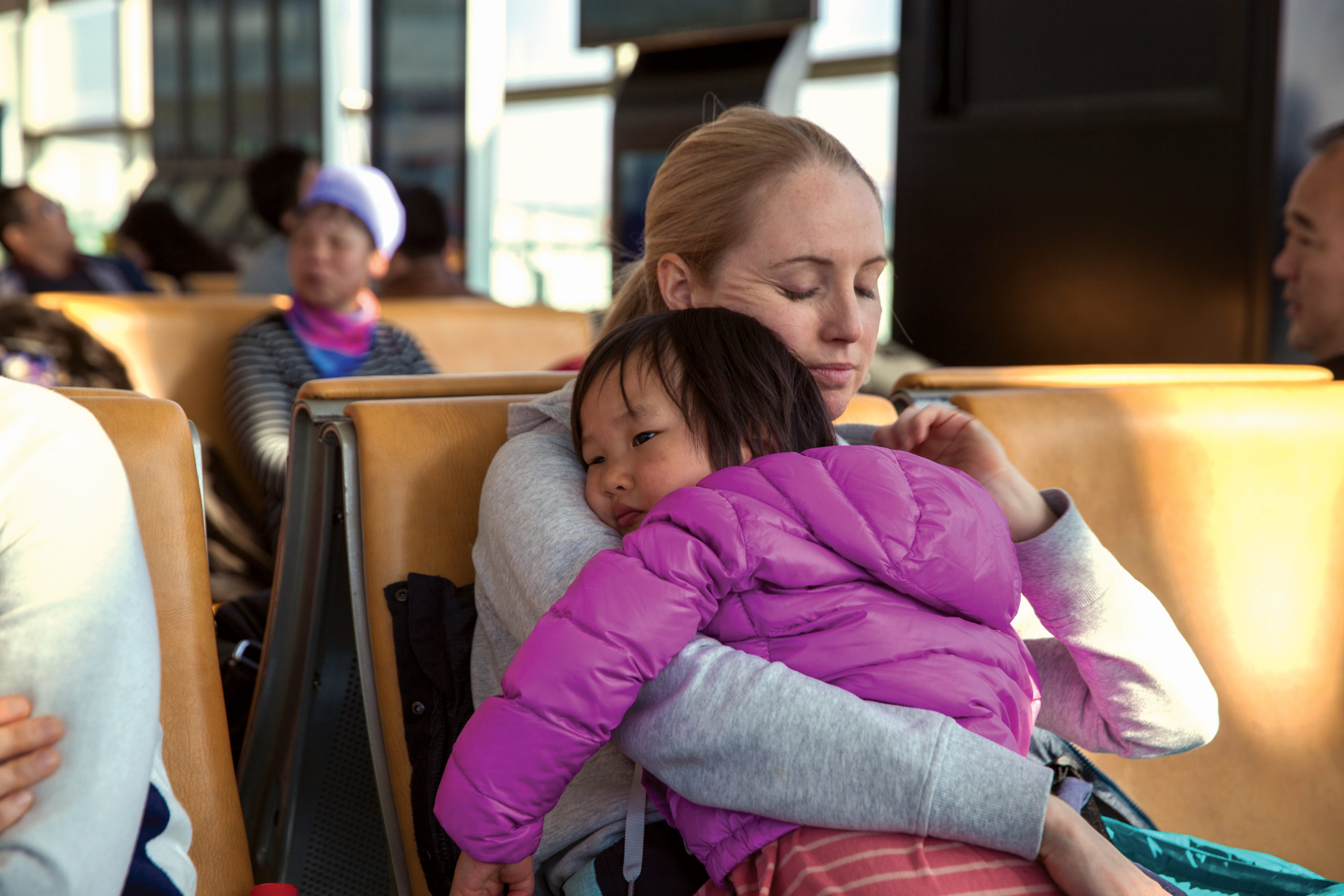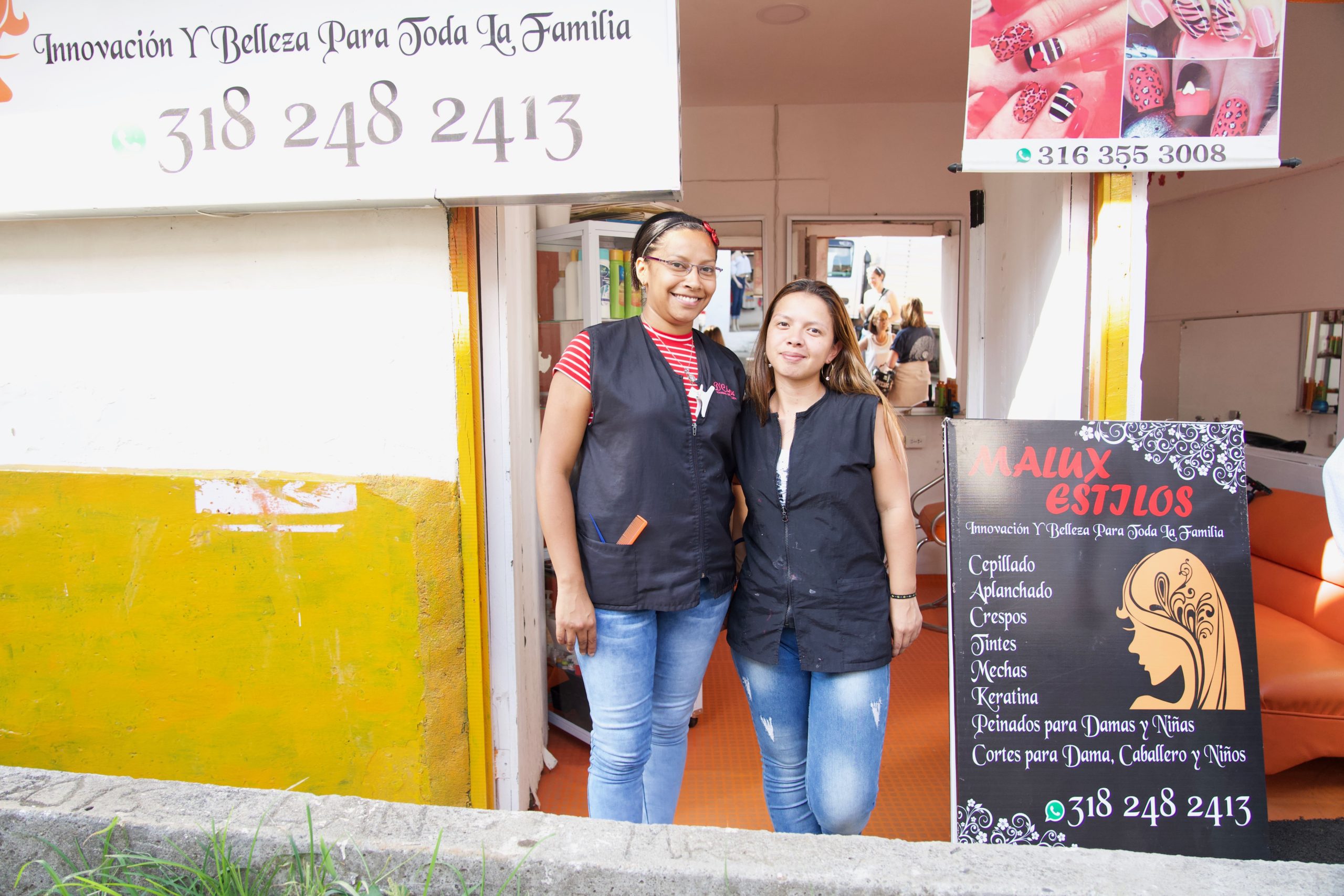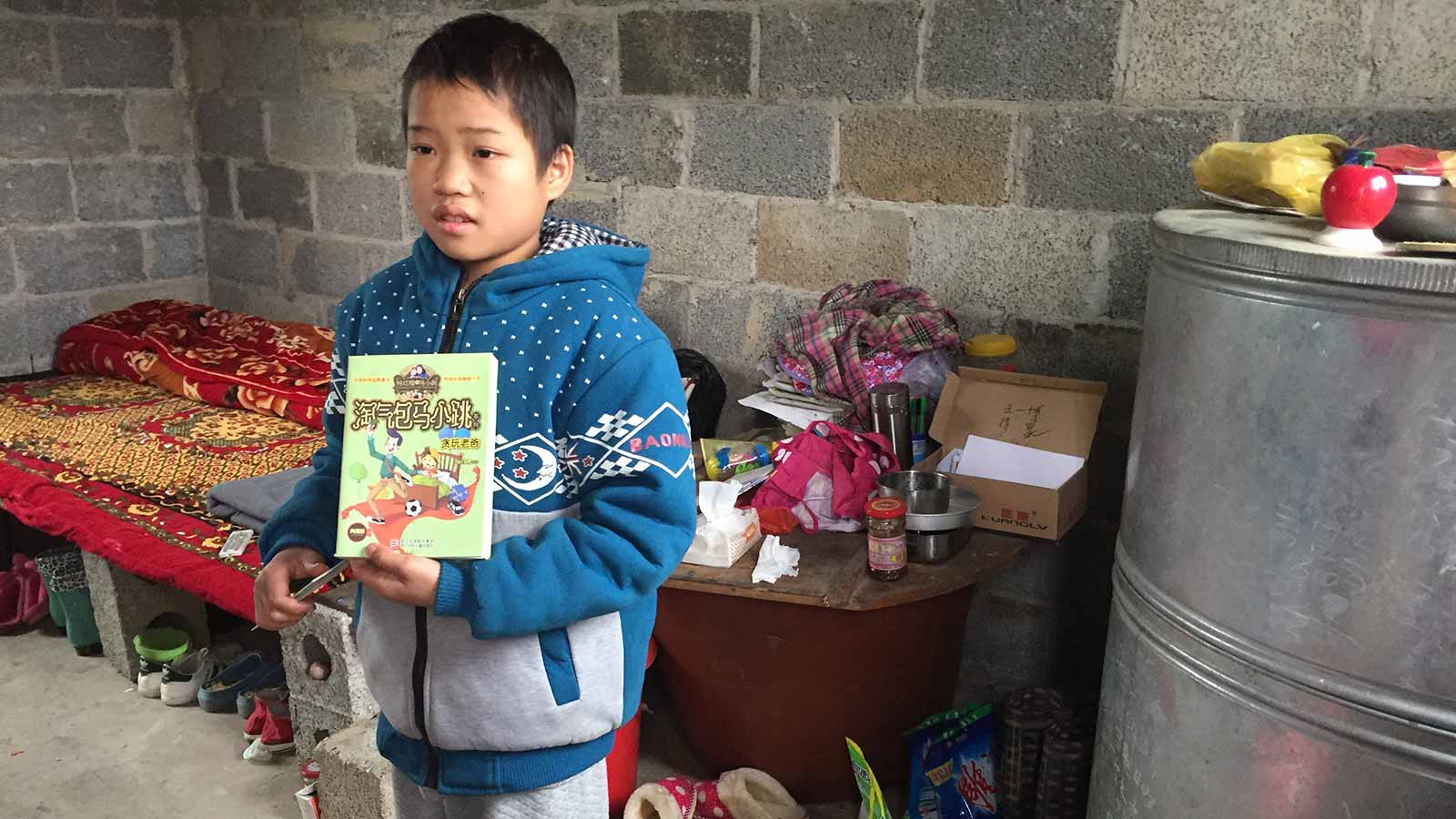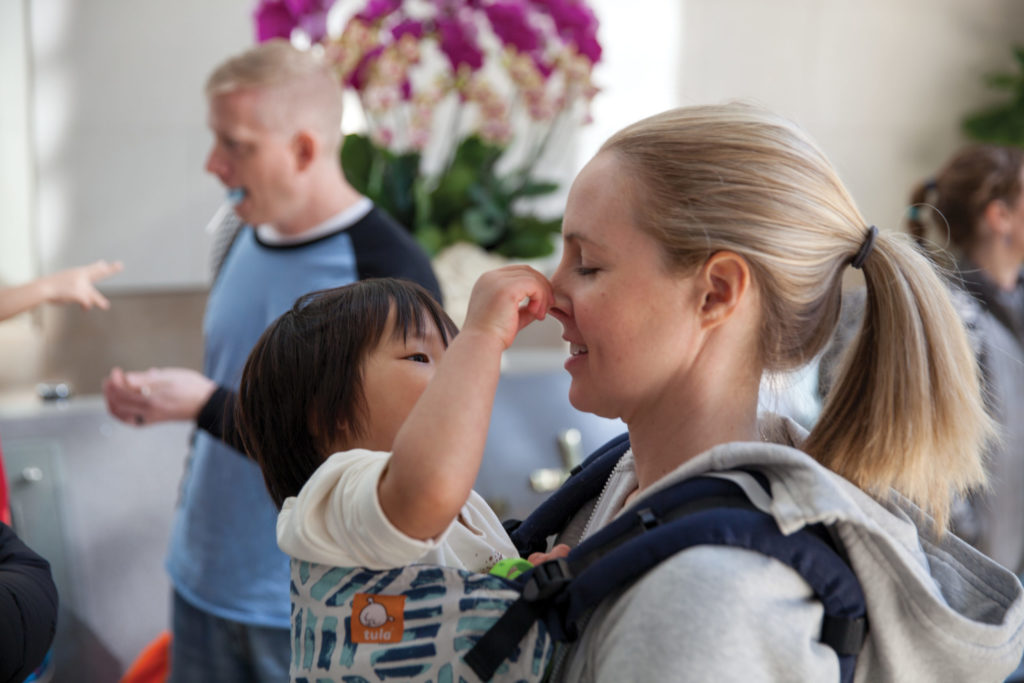
Tips from Liz Larson, an adoptive mom and counselor with a specialty in trauma.
On the morning she first met her daughter in China, Liz Larson could feel the weight of both the joy she would feel as well as the potential fear and pain her daughter might experience.
“I feel sad for her,” Liz said, waiting in the hotel just hours before she would meet 2-year-old Ellia. “Her world is about to be flipped upside down. She’s only 2. She doesn’t know. She doesn’t understand why it has to happen. Someday, I hope she will. It’s going to be a scary couple of weeks for her so I feel sad for her. I hope she can feel safe with me.”
But Liz was ready to plant seeds of trust. As a counselor with a specialty in trauma, Liz Larson had spent her entire professional career preparing for that moment.
“Kids and trauma is something I’m really passionate about,” Liz says. “I really believe in the brain’s ability to rebound. It’s also the most important thing for adoptive families — educating themselves about trauma.”
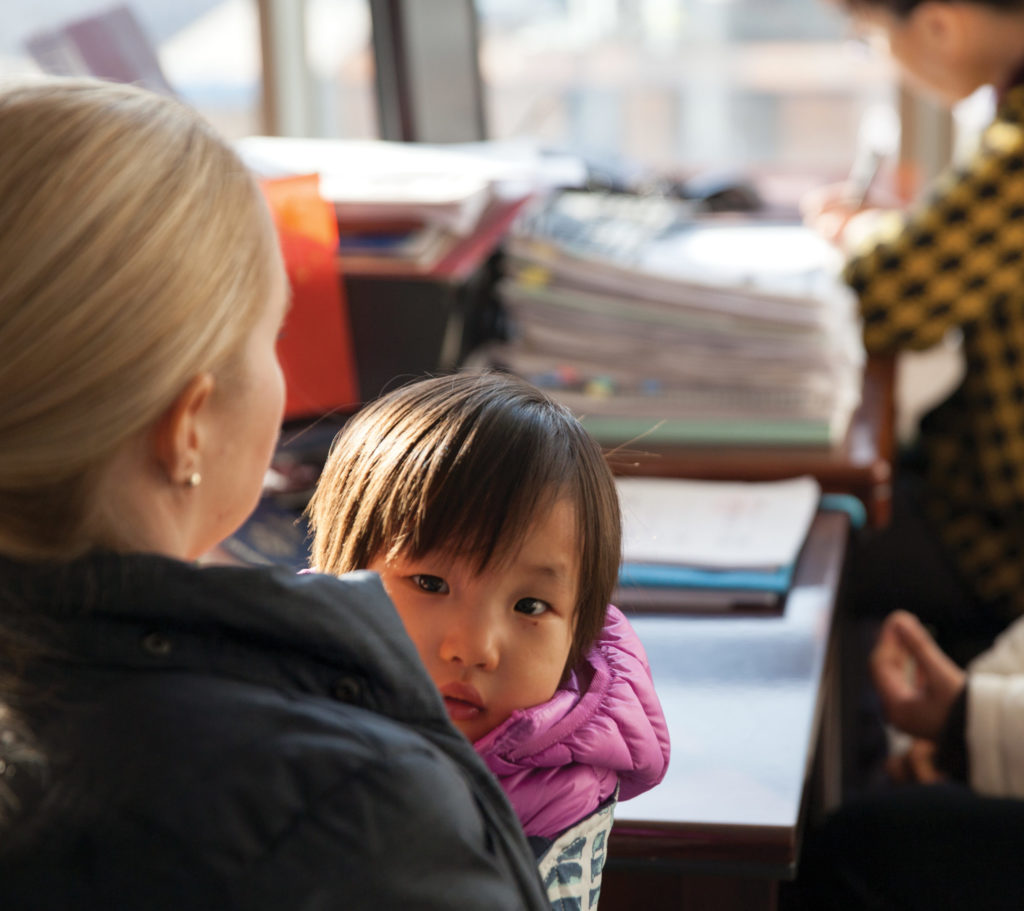
As all internationally adopted children have endured the trauma of losing their families at a minimum, it’s critical that every adoptive parent understands how trauma impacts children — as well as how to help their children cope. The first steps begin on the very first day.
To the right, Liz shares practical things all parents can do when they first meet their adopted child to begin forming a strong emotional attachment — and lay the groundwork for healing.
Tips from Liz Larson:
Remember Emotions:
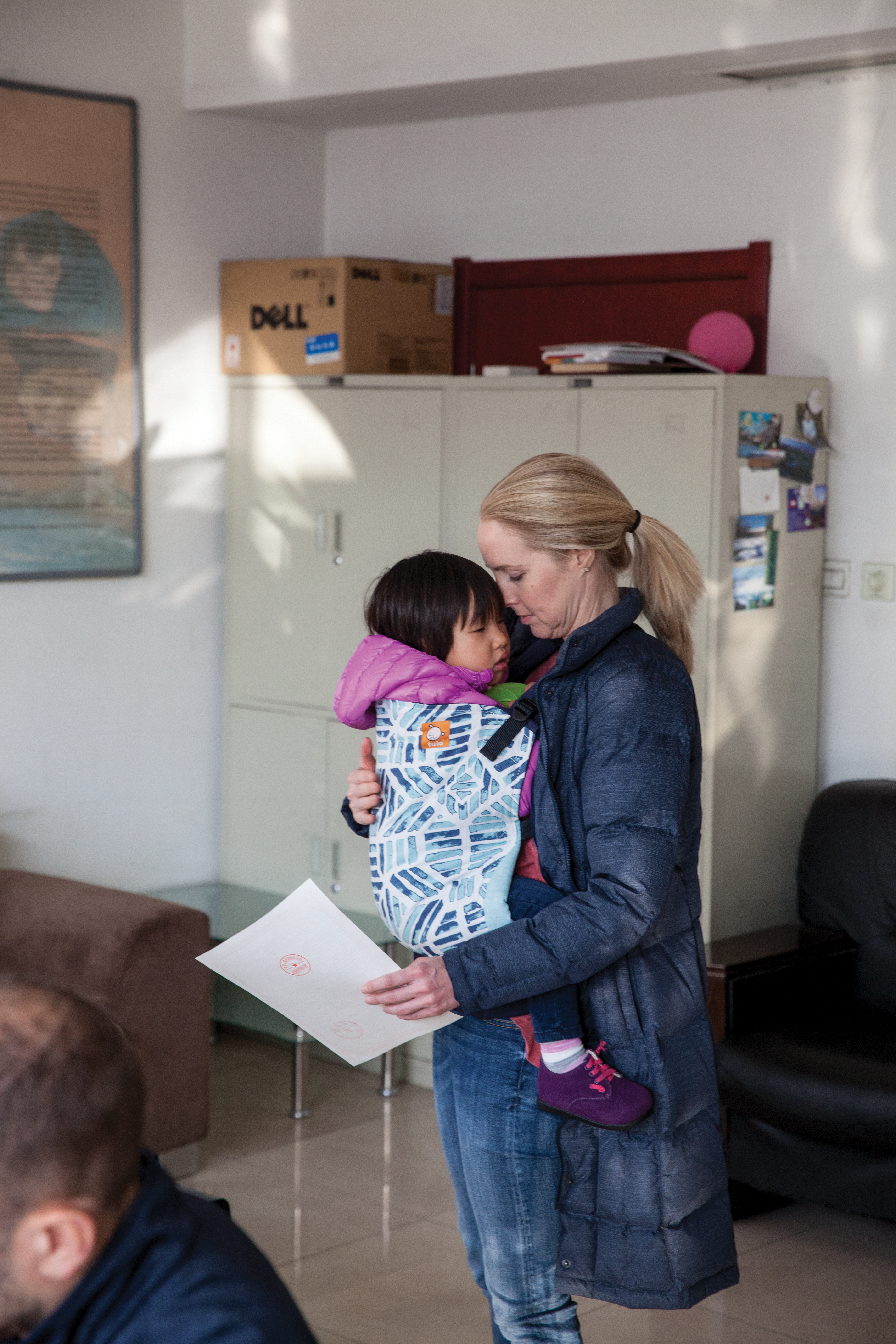
Your child is overwhelmed right now. Meltdowns are common and expected. If your child will not accept comfort from you, stay nearby and attempt to comfort them periodically. Offer distractions, like toys, candy or music. You may just have to wait until they calm down. Speak in empathetic tones and help them learn words to express their feelings by saying things like, “I know you are sad that we can’t go back and see your foster mom. That makes me sad, too.” Your child may grow calm if they see familiar faces and places, so share photos from their life if you have them.
All of the following can be ways children show fear or anxiety: shutting down, raging, acting on-the-go constantly, clinging to an adult, pushing an adult away, aggression, crying, sleeping too much, refusing to sleep, clinging to specific toys or snacks, refusing to remove specific items of clothing, shoes or a backpack, trying to leave the room, becoming upset when they need to leave the room, or scratching or hurting themselves or others.
Our job as parents is to be calm, safe and loving so that our child comes to trust us and feel safe with us. STAY CALM, even though it is so hard to do when your child is struggling. We are trying to create the impression that we are unconditionally safe and can be trusted. Avoid yelling, showing frustration, berating or walking away in frustration. Even though they can’t understand you yet, your tone speaks volumes. Later on, when your child is calm or occupied, take time to work through your own feelings or have a good cry.
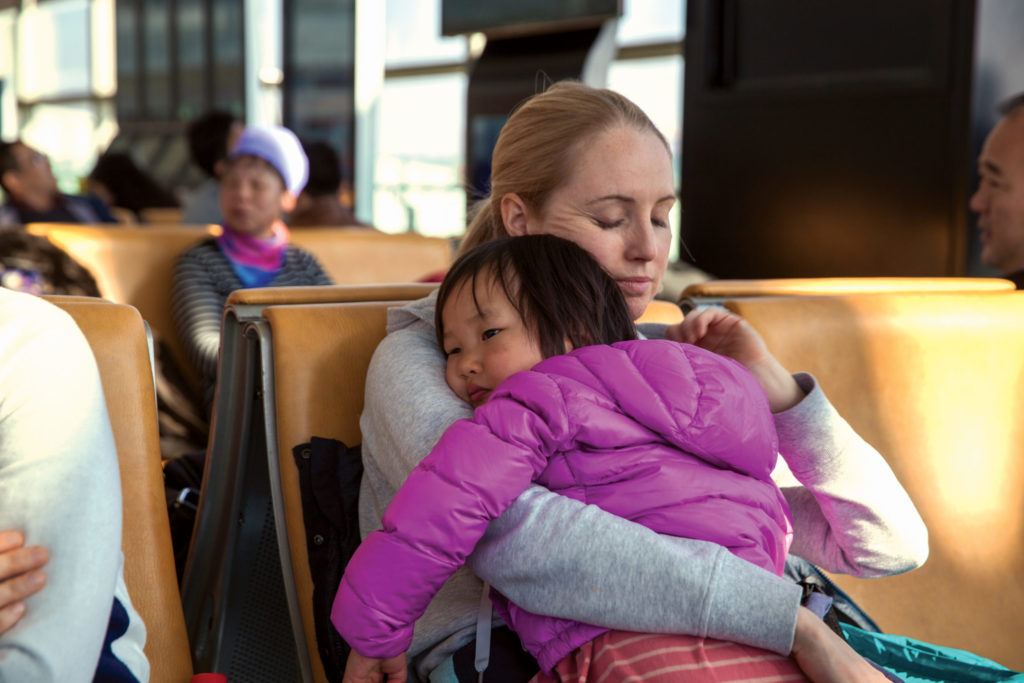
During your first days together:
Meet their needs: ONLY parents should be giving food, comfort, daily care and affection at this stage, if at all possible.
Say ‘yes’ as often as possible to anything your child wants!
Mirror your child’s tone of voice, facial expressions and movements, like you would with a newborn.
Make eye contact when possible and hold it as long as your child is able. Try peek-a-boo if your child is nervous to look at you.
Take turns sticking stickers on each other. Put stickers on each other’s nose or forehead to help create eye contact.
Take turns blowing bubbles or batting a balloon back and forth.
Offer snacks like Cheerios or small crackers so your child comes back to you for more repeatedly.
Carry your child whenever possible to teach them they are with you and to create the security that they will not be handed off again.
